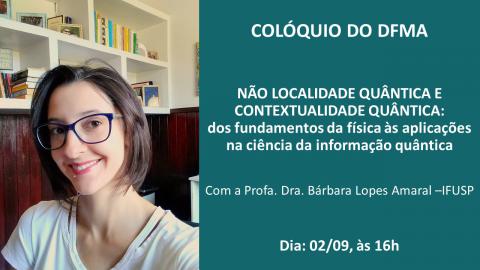Matéria escura ultra leve

Transmissão via Zoom e YouTube
Resumo: A natureza da matéria escura é um dos maiores mistérios da cosmologia atualmente. Apesar de muito bem conhecida e estudada, com seu comportamento em larga escala sendo bem entendido, ainda não se sabe a origem desse que é o ingrediente de matéria mais abundante do universo. Com isso, muitos modelos para essa componente elusiva surgiram na literatura. Nessa palestra eu irei apresentar uma classe de modelos de matéria escura que apresenta um interessante comportamento em pequenas escalas: campos ultra-leves. Nessa classe de modelos a matéria escura é composta por partículas ultra-leves que no interior dos halos das galáxias condensa formando um condensado de Bose Einstein ou um superfluido. Condensados de Bose Einstein e superfluidos são uns dos mais interessantes fenômenos em mecânica quântica em escalas macroscópicas, e a possibilidade desses fenômenos explicarem o comportamento da matéria escura em pequenas escalas, em escalas astrofísicas, tem recebido bastante atenção na literatura. Nessa palestra eu irei apresentar esses modelos alternativos de matérias escura, classificando os modelos presentes na literatura e mostrando suas propriedades em galáxias. Devido a esse diferente comportamento em escalas galácticas, esses modelos apresentam diferentes consequências observacionais que resolvem algumas das curiosidades sobre o comportamento da matéria escura em galáxias, como também trazem novas predições que podem ajudar a elucidar a microfísica da matéria escura.





